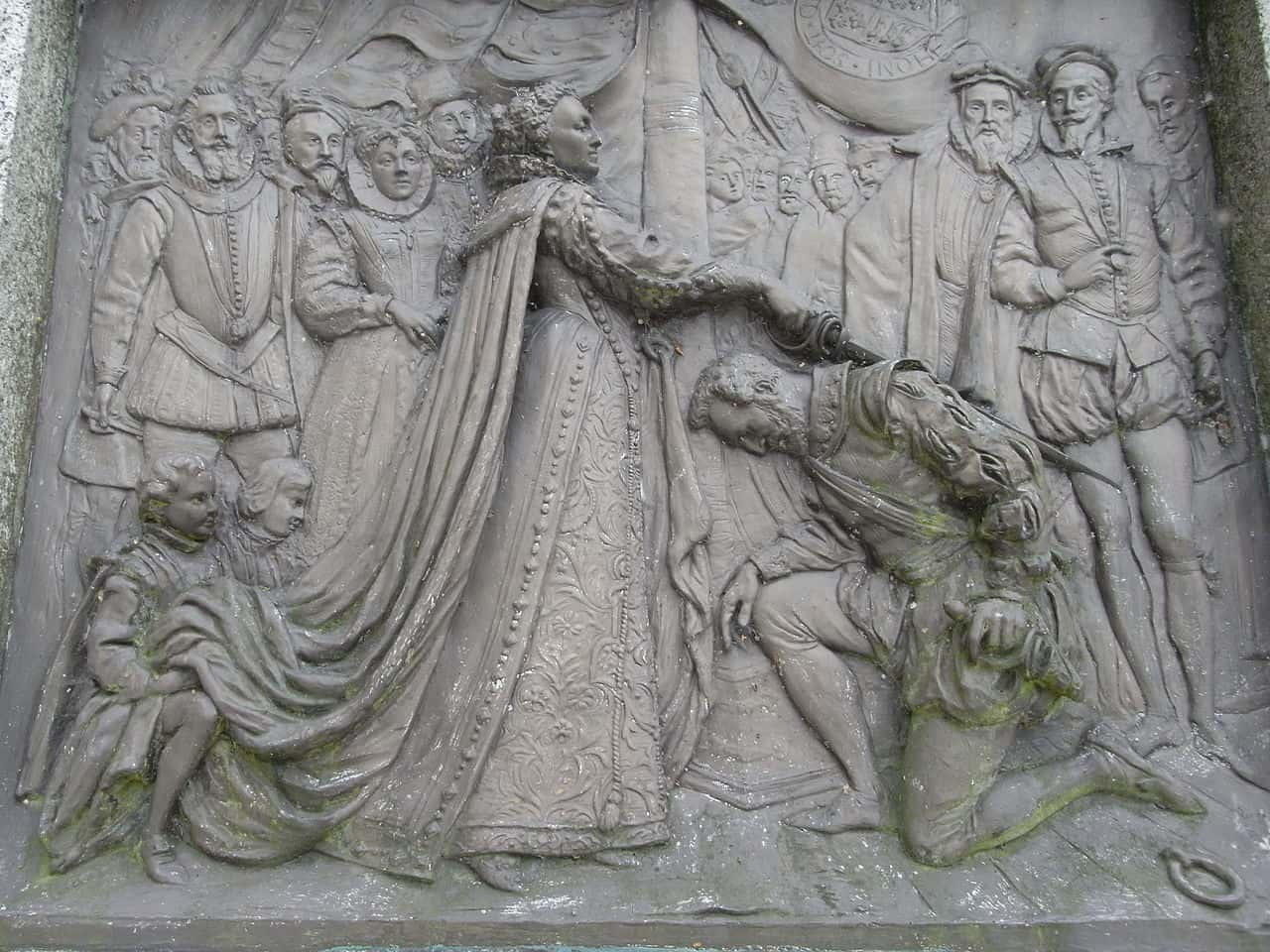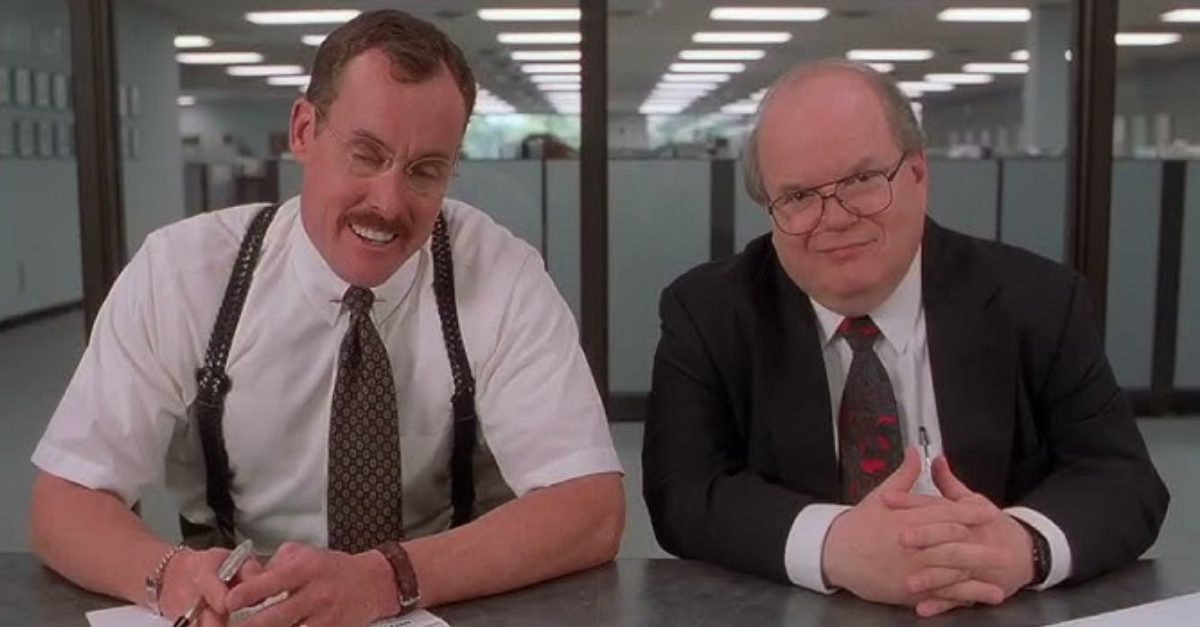Welcome To The New Age
When the Age of Discovery kicked off, the Spanish and Portuguese caught the English flat-footed.
The rulers of Spain and Portugal signed a treaty with the Pope that gave the two Catholic kingdoms dominion over the entire New World—with zero concern for the people who already lived there, of course. As you can imagine, Protestant kingdoms like England weren't too happy with the deal.
That's where Francis Drake and the Golden Hind come in. This situation laid the perfect groundwork for one of the most remarkable voyages in history.

Elizabeth's Dog
Drake was one of the few Englishmen who'd seen the New World—and he'd formed a lifelong feud with the Spanish while over there. He wanted to stick it to the hated Spaniards, and his queen, Elizabeth I, wanted to stake her claim in the New World, Pope or no Pope.
So they hatched a plan.
A Big Investment
Elizabeth and several other wealthy investors funded Drake in a massive expedition to the New World and beyond. Drake and his crew had two simple goals: Find a place suitable for an English settlement...and screw with the Spanish as much as possible.
Drake was officially a privateer under the employ of the English crown. I doubt anyone—especially not Drake himself—could have possibly expected what awaited them beyond the horizon.
The Golden Hind
In 1577, Drake brought together a fleet of five ships and 164 men. The flagship was the majestic galleon Pelican, more famously called the Golden Hind. This massive ship weighed 150 tons and came equipped with 18 cannons.
With the Hind and several smaller crafts, Drake set out to do something no Englishman had ever accomplished. He was going to sail around the world.
But wait...this was the 16th century. Doesn't that seem kinda dangerous?
The Point Of No Return
Taking a bunch of Renaissance-era wooden ships and embarking on a several-year voyage around the world? That does not sound like a good time.
Well, it probably didn't back then either. Drake actually had to lie to his crew and tell them they were sailing to the Levant on a trading expedition. He didn't reveal the truth until they were well out into the Atlantic and there was no turning back.
I can only imagine the men were furious to learn they wouldn't see their home for God knows how long, if ever again. But those who survived to see England again became legends, because the voyage of the Golden Hind was an adventure the likes of which the world had never seen.
Rough Seas
There's a reason Drake lied to his men. The low points of the expedition were an absolute nightmare. Drake faced mutiny, executed his second-in-command, and lost all ships but the Golden Hind plus about half of his crew. And that was all just getting to the Pacific Ocean. But thankfully, their luck was about to turn.
The Hind sailed up the Chilean coast until they came across a Spanish settlement, Valparaiso. He attacked and plundered the defenseless town, claiming a ship he found in the harbor for his crew. For all that fun, though, they didn't come up with much treasure.
Then, upon questioning the townsfolk, he got the most exciting news he'd heard since he left England.
A Tale Of Gold
The Spanish had loaded up a treasure ship, the Nuestra Señora de la Concepcións, with untold wealth, and it wasn't too far off. Excited, Drake loaded up their new ship and sailed his meager fleet in search of this new quarry.
Meanwhile, word reached the Spanish that there was an English ship in the Pacific, and they freaked the heck out. In their defense, that's kind of like someone telling you there's a lion wandering around your suburban street.
You've got no clue how it got there, you've got no clue what it's capable of, and you definitely want to get rid of it.
Treasure Ship
The Spanish set out to capture Drake, and Drake set out to find his treasure ship. The question was: Who would find what they were looking for first?
It ended up being Drake. His ships took the Nuestra Señora de la Concepcións completely by surprise. The Spaniards assumed nothing in the Pacific could touch them—they definitely didn't expect a fully equipped galleon to appear on the horizon.
Drake's two ships boxed in the treasure ship and boarded with little resistance. He took one look in the hold...and jumped for joy.
Drake's Fortune
Elizabeth and Drake's other wealthy investors hoped he'd come back to England with great riches—but I highly doubt they expected a bounty like the Nuestra Señora de la Concepcións.
The treasure ship was filled to the brim with silver, jewels, and other riches. In today's money, Drake made off with around £480 million from that single ship. Now that's hitting the jackpot. There was only one problem.
Sure, he had more treasure than he could shake a stick at...but he was still in the Pacific Ocean, thousands upon thousands of miles from England.
The voyage of the Golden Hind was far from over.
Pacific Rim
The capture of the Spanish Treasure ship was the apex of the voyage. They still had a year and a half of sailing to do before they saw the British Isles again. They sailed as far as the Pacific Northwest of North America before turning around and making contact with Indigenous people in Northern California.
While there, Drake fulfilled the first goal of the expedition and named North America "Nova Albion," or New Britain, staking Elizabeth's claim to the entire continent. After that tidy bit of business was done, he turned his fleet west and headed across the Pacific.
The Golden Hind reached Southeast Asia by late 1579, nearly two years after it left England. Though the labyrinthine archipelagos of the region proved difficult to navigate, Drake still managed to load up on even more riches; this time spices that were worth their weight in gold back in Europe.
The Way Home
Finally, Drake reached the Indian Ocean and continued West to the Cape of Good Hope. They were approaching home, but here's the thing: They had absolutely no clue what was waiting for them in the Atlantic. They'd been gone for over two years, who the heck knows what had happened in that time.
Maybe Mary, Queen of Scots had taken over Elizabeth's throne and they'd be thrown in shackles upon arrival. Maybe England and Spain were at war and a rival fleet would sink them before they could cross the finish line!
As they sailed north along the African coast, they kept a sharp eye out for any English vessels that could bring them news of their homeland.
 François Clouet, Wikimedia Commons
François Clouet, Wikimedia Commons
False Alarm
Lucky for them, they were worried about nothing. Drake and the few men he had remaining with him limped into Plymouth on September 26, 1580, nearly three years after they'd left. The people in England couldn't believe it! The Golden Hind had been gone so long, everyone assumed they'd perished months before.
But they made it—and they were stinking rich.
It Paid Off Big Time
In the end, each of Drake's investors got nearly a 5,000% return on their investment. Elizabeth, who received the lion's share of the treasure, had enough money to erase the massive debt her father, Henry VIII, had left her, and still had £40,000 (around £18 million today) left over.
Investing in Sir Francis Drake was one of the greatest decisions she'd ever made. But there was a dark side to Drake's legendary voyage.
Blood Money
It's almost impossible to imagine today just what it would take to sail a galleon around the world over two and a half years in search of treasure.
Drake's men spent countless months of their voyage repairing their haggard ships, trading for food and supplies, and all of the other mundane tasks required to keep their sails and stomachs full over the grueling voyage.
It's also important to acknowledge the horrifying legacy of Colonialism that stemmed from voyages like this one. Sir Francis Drake committed innumerable atrocities and helped build a system that still causes immeasurable suffering to this day.
But that reality—part and parcel of nearly every aspect of European history since the Age of Discovery—can exist alongside the excitement that comes from venturing into the unknown and coming back to tell a tale for the ages.



















